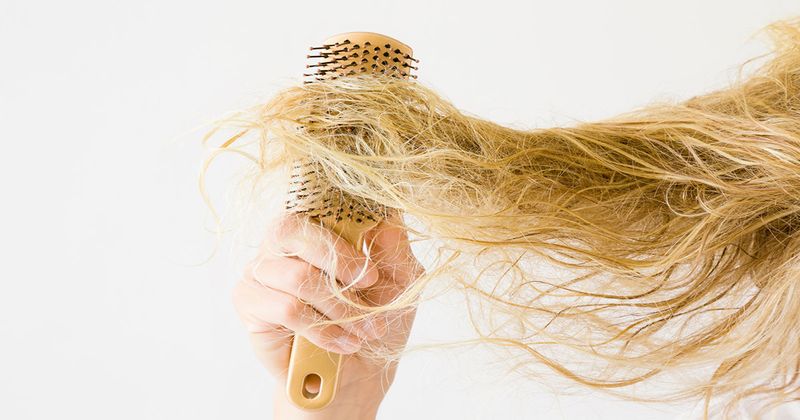Genetic variants identified in uncombable hair syndrome cases may aid in diagnosis
Pathogenic missense variants in the PADI3 gene account for the majority of uncombable hair syndrome cases, according to a cohort study.
Uncombable hair syndrome (UHS) manifest during infancy or early childhood and is a rare, autosomal recessive disorder characterized by an abnormal hair shaft resulting in dry, frizzy and wiry hair that stands out from the scalp. The condition often improves with age, although no medical therapy is currently available.

In this study, researchers explore the genetic spectrum of UHS to improve diagnostic techniques.
“Genetic diagnostics is useful for the diagnosis of UHS,” Regina C. Betz, MD, of the Institute of Human Genetics at the University of Bonn, told Healio.
The study included 107 patients with UHS recruited internationally from January 2013 to December 2021.
The researchers found that the genetic characteristics of patients with UHS were established in 80 of the patients who carried biallelic pathogenic variants in PADI3, TGM3 or TCHH, which are all genes that encode hair shaft proteins. In 76 patients, the UHS phenotype was specifically associated with pathogenic variants in PADI3. Two recurrent variants in PADI3 were detected in approximately 99% of all PADI3 variant carriers.
Additionally, results also suggested that the four most commonly observed pathogenic PADI3 variants are far more likely to have descended from a respective common ancestor rather than having had occurred independently multiple times.
“It’s interesting that the four most common mutations are based on a founder effect,” Betz told Healio.
The study concluded that all the results support the founder mutation hypothesis for each variant, aiding in the diagnosis of this rare syndrome.
“Formerly, a diagnosis of UHS could only be made by physical examination of the patient and confirmed by microscopical examination of the hair shaft,” the researchers wrote. “The discovery of pathogenic variants in PADI3, TCHH and TGM3 may open a new avenue for clinicians and affected individuals by introducing molecular diagnostics for UHS.”
